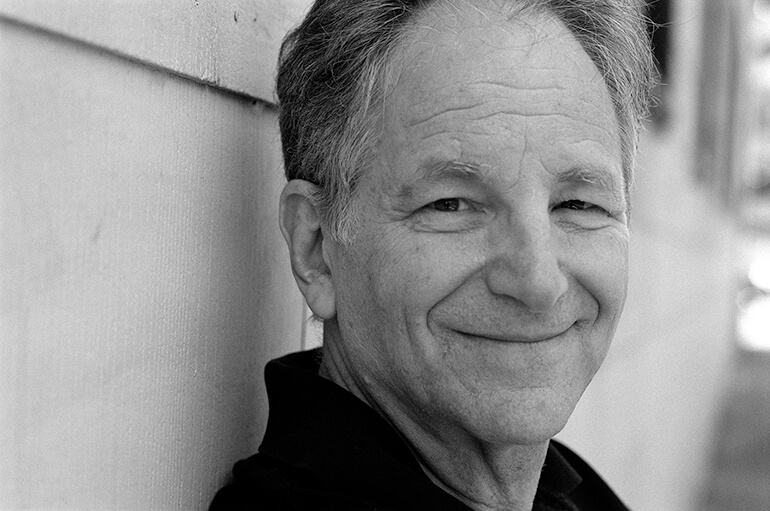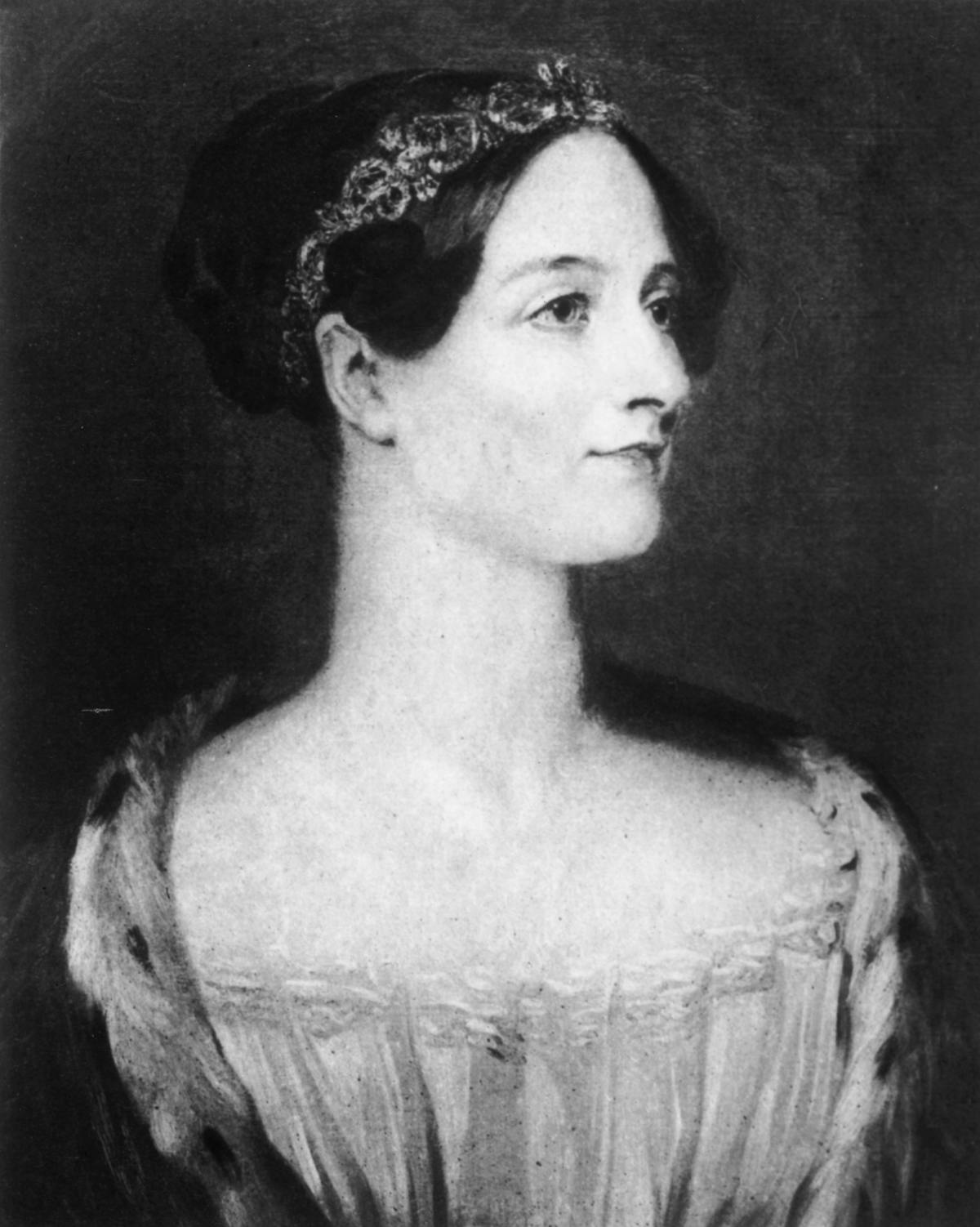Leonard Adleman

Leonard "Len" Adleman was born in San Franciso on December 31, 1945. Graduating from U.C. Berkeley in 1968 with a degree in mathematics and receiving his doctorate in computer science in 1976, the now Dr. Leonard Adleman became a professor at MIT in 1976. It was here that he met Ron Rivest and Adi Shamir, two up-and-coming researchers, and would begin work on what is arguably his greatest accomplishment. In 1977, the trio introduced RSA encryption, the world's first public-key cryptosystem. Rivest, Shamir, and Adleman would later co-recieve the Alan M. Turing Award for their work. After leaving MIT, Dr. Adleman became a professor at USC Viterbi. He began to look into more biological fields, and began researching AIDS. After a major breakthrough, he realized that he could use DNA to solve mathematical problems and even used it to solve and instance of the SAT problem. Adleman had created the field of DNA computing. In 1998, he published a paper on the field, and is now know as the father of DNA computing. He also coined the term "computer virus", was a consultant on the movie "Sneakers" in 1992, and contributed to creating the company VeriSign, a digital certification company.
Elizabeth Feinler

Elizabeth "Jake" Feinler was born on March 2, 1931 in Wheeling, West Virginia. She graduated from West Liberty University with a degree in chemistry in 1954, and began her graduate work in biochemistry. She was then offered a position at the Stanford Research Institute in Menlo Park, California, which she accepted. It was here where, from 1972-1989, that Feinler would manage ARPAnet, the proto-internet created by a branch of the DoD. She oversaw the "white" and "yellow" pages, registering users for terminal access. In addition to this, she created the domain name system (DNS), which is still in use today. After leaving SRI, she did contracting work with NASA, creating the NASA Science Internet and NASA World Wide Web. She has also served as Delegate at Large to the White House Conference on Libraries and Information Centers, helped found the Internet Engineering Task Force, and has been inducted into the West Liberty Hall of Fame, the SRI Alumni Hall of Fame, and the Internet Hall of Fame. To this day, Feinler still works to help computer science. As a volunteer at the Computer History Museum in Mountain View, California, she works to preserve the history of the Internet and its development, and has personally donated hundreds of boxes of records from her time at SRI to the museum.
Ada Lovelace

Augusta Ada Byron, more commonly known as Ada Lovelace, was born December 10, 1815 in what is now London. Daughter of the famous poet Lord Byron, she was educated initially by private tutors before becoming largely self-educated. Augustus De Morgan, the first professor of mathematics at the University of London, helped the young Ada in her more advanced studies of math and logic. It was through one of her tutors and by her reputation for academic exploits that Ada would meet and become friends with many notable British academics, including Micheal Faraday, Charles Dickens, and Charles Babbage. It was Babbage, though, who inspired Lovelace's greatest achievement. The two developed a close working relationship and correspondance through the early 1830s, and Ada took quite an interest to Babbage's new project, the Analytical Engine. In 1843, she translated an Italian article about the Engine, but she also added her own annotations and "Notes" to it. She saw application of the Engine for things beyond pure calculation and realized the full potential of such a machine. Also among her additions to the article is what is widely considered to be the world's first computer program. Now the world's first computer programmer, Ada sadly faded into obscurity after her death in 1852. The Analytical Engine was never built, and her program never tested. Fortunately, modern culture and literature has rediscovered Ada Lovelace, and her contributions to computer science are now recognized. The second Tuesday of October every year is now Ada Lovelace Day in her honor.